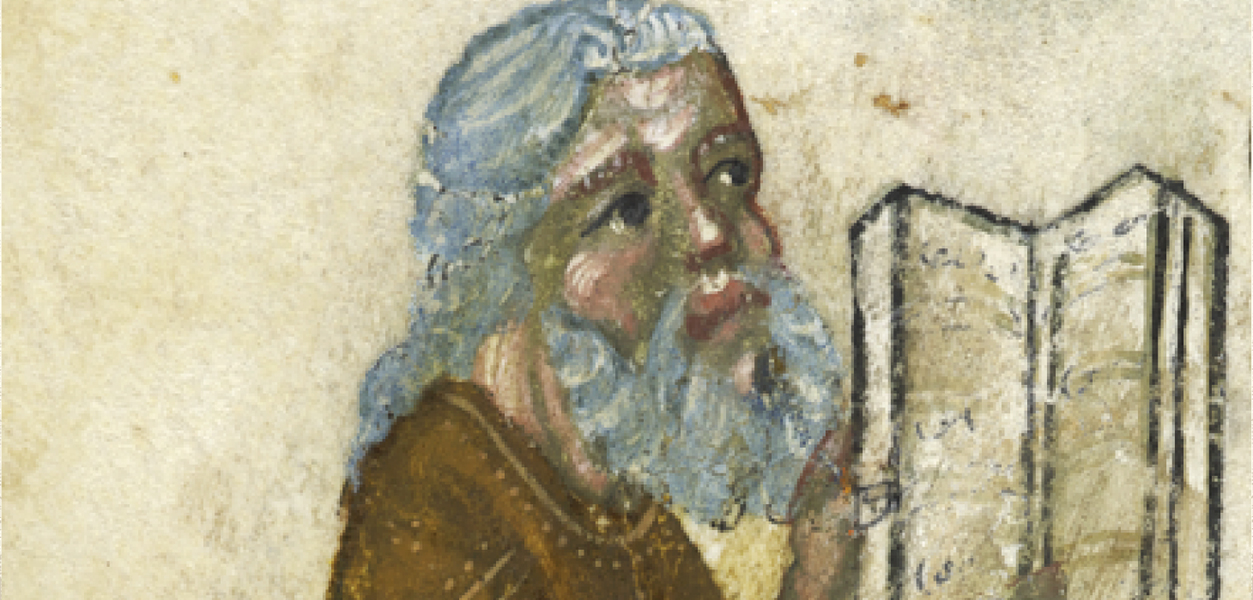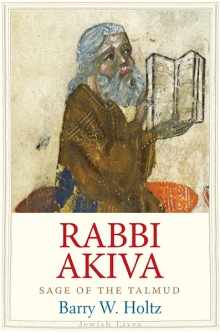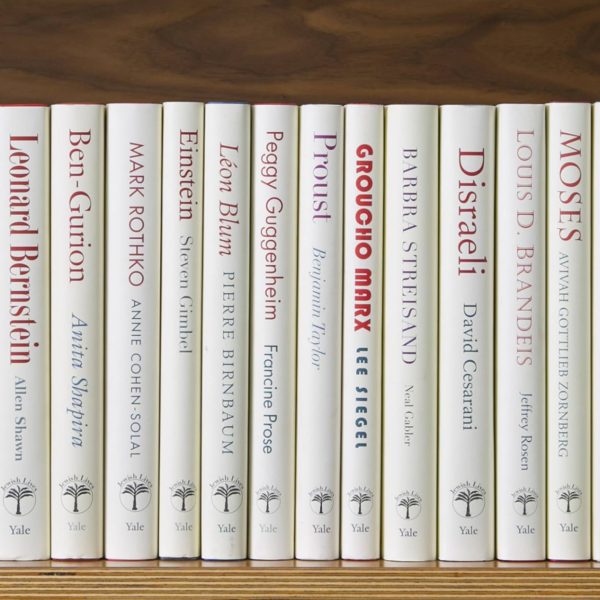The Talmud and Rabbi Akiva
Barry W. Holtz—
What does it mean to live in a culture that is rooted in a foundational document, a document from an earlier time written in a language that is both archaic and at times obscure? Americans have grappled with this question for over two centuries and the prospect of new appointments to the Supreme Court brings to the forefront our unending conversation about how to make sense of the Constitution in the light of today’s concerns.
Consider for a moment another example—this from a very different world—in which the question of interpreting an ancient text is at the heart of the agenda for the intellectual and spiritual leaders of a community.
The Babylonian Talmud, the great Jewish collection of legal and theological deliberations, was put together in the 6th Century CE. In that massive multi-volume compendium discussions going back at least 500 years were codified and the Talmud became a document fixed in its time. But in the course of one of its discussions, the Talmud records a remarkable story about Rabbi Akiva, one of the most admired figures from the early days of rabbinic culture. The story is a noteworthy example of interpretative audacity, a reminder of how surprising the Talmud can be:
Rav Judah said in the name of Rav, When Moses ascended on high to receive the Torah, he found the blessed Holy One, sitting and attaching little crowns to the letters. Moses said to him: “Master of the Universe, what is holding you back from giving the Torah?”
God answered, “There will be a man in the future, at the end of a number of generations, and Akiva the son of Joseph is his name. He will interpret heaps and heaps of laws from just the tips of these crowns.”
Moses said, “Master of the Universe, show him to me!”
God replied, “Turn around!”
Moses went and sat down in the back row of Akiva’s classroom. But he did not understand what they were saying and he was distressed. When they came upon a certain matter the students asked Rabbi Akiva: “Master, from where do you know this?” and he said to them, “It is a law given to Moses at Sinai” and Moses was comforted.
Moses returned and came before the blessed Holy One and said, Master of the Universe, you have a man like that and you’re giving the Torah through me!” God replied, “Quiet! This is what I have decided. . . .”
Moses has gone up onto Mount Sinai to receive the Torah and he finds God working on the finishing touches of the document. In the traditional calligraphy of a Torah scroll eight different letters in the Hebrew alphabet have special ornamentations called “crowns.” God is waiting until He finishes this calligraphic work before handing the Torah over to Moses. Moses is confused. The entire revelation of Torah is being delayed because of this small matter!
But, God says, this is not a mere aesthetic nicety. In the future a man named Akiva will come along who will be able to use these little crowns to interpret “heaps and heaps” of laws. Moses is amazed and longs to see this singular individual. And in a stunning narrative move the story has God putting Moses into a kind of time machine to the future transporting him to the back of Akiva’s classroom.
Sitting there Moses is disturbed. He understands nothing that is being said. How is that possible? Moses is the one who brought the Torah down to the people after the Sinai revelation. It is only when Akiva cites Moses’ authority that Moses is able to revive himself.
Every time I revisit this story, I remain amazed that the rabbis who composed it so long ago were well aware of the necessary evolution of Torah over time. Even Moses—the person closest to God’s revelation—even Moses will not be able to understand the Torah as its interpretations grow through history.
Yet the Talmud seeks to valorize what Akiva has done. He has not undermined the text that Moses delivered to the people. Rather the necessity, indeed the opportunity, for the development of interpretation is inherent in the original text itself. It is inscribed, symbolically speaking, in the shape of the letters themselves. Paradoxically, that which is new is also, at the same time, that which is very old.
The idea that a foundational text needs constant reinterpretation is a bold stance and perhaps it is surprising to see it laid out in the Talmud, one of the core repositories of Jewish tradition. Moses cannot understand the discussions about the Torah that he sees in Akiva’s study hall; and most strikingly, Moses does not complain to God about what he has seen. He does not view the debates in Akiva’s classroom as a corruption of the Torah. Rather, he is humbled and asks that God choose Akiva to be the lawgiver.
In the eyes of the Talmudic rabbis the Torah was seen as the work of God, given with Moses as God’s emissary, but imbued with divine authority and hence immeasurable depth. The Torah could be endlessly deciphered because it was not to be taken at face value. It encompassed wisdom so deep that even the little ornamentations on those letters could be grist for the hermeneutic mill.
In fact there is no text that I am aware of in all of rabbinic literature where Rabbi Akiva actually offers interpretations based on those crowns, but in suggesting that Akiva could look so deeply into the Torah that even its minutiae concealed important truths, the Talmud presents their hero as the enduring example of what it means to encounter a foundational text with respect, seriousness and ingenuity. What I find particularly moving and pertinent to our present situation is the way that this story asserts that a text that is at the heart of a society’s identity cannot remain stagnant. Over the years students have often asked me, “Why doesn’t God answer Moses’ question about sending the Torah through Akiva?” I think the answer is because that would suggest that interpretation would end with Akiva. But the point is that it doesn’t end with Akiva, nor with the rabbis who edited the Talmud years after Akiva. It never ends.
Barry W. Holtz is Theodore and Florence Baumritter Professor of Jewish Education at the Jewish Theological Seminary of America. He is author of five previous books and the recipient of a National Jewish Book Award. He lives in New York City.
Further reading:


























Typo (missing word) in the following sentence:
“But, God says, this (sic; is) not a mere aesthetic nicety. “
The author says, “In fact there is no text that I am aware of in all of rabbinic literature where Rabbi Akiva actually offers interpretations based on those crowns…”
There are few examples here:
http://www.hebrewbooks.org/pdfpager.aspx?req=33180&st=&pgnum=1&hilite=